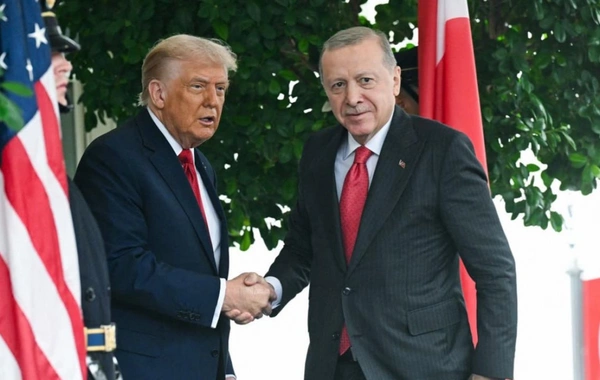Scientists found "viral" genes in humans that can fight cancer

Researchers from the Dana-Farber Institute have made a breakthrough in understanding cancer-fighting mechanisms, discovering that "dormant" viral genes in the human body can become powerful allies of the immune system. According to a study published in the scientific journal Cell, these ancient genetic elements help recognize and destroy malignant cells.
The scientific team made this discovery while studying clear cell renal cell carcinoma - the most common form of kidney cancer. Scientists identified a surprising phenomenon: during the development of this disease, endogenous retroviruses are activated - fragments of ancient viruses that integrated into the human genome millions of years ago. In normal conditions, these genetic "relics" are inactive, but under certain circumstances, they awaken and begin to produce virus-like proteins that trigger the body's defensive reaction.
Dr. Catherine Wu, who heads the Stem Cell Transplantation and Cellular Therapy Division at Dana-Farber, explains that these retroviral elements are evolutionary "imprints" of infections that our distant ancestors encountered.
During experiments on human cell lines, researchers found that when the VHL tumor suppressor gene mutates, which is characteristic of kidney cancer, the HIF2 protein accumulates in cells. It is this protein that activates ancient viral genes. Activated retroviruses begin to produce specific proteins that cancer cells break down into fragments and display on their surface as a kind of molecular "signal flags."
These molecular markers become targets for T-cells - the main defenders of the immune system, which, upon recognizing them, initiate an attack on the tumor.
This significant discovery may shed light on the rare phenomenon of spontaneous regression of kidney tumors - a phenomenon where the immune system independently destroys cancer cells without external intervention. Until now, this process remained unexplained by science. Now researchers suggest that activated retroviral proteins play a crucial role in this process.
Similar News
A meeting between Erdogan and Trump has begun at the White House
The meeting between President of Turkey Recep Tayyip Erdogan and his American counterpart Donald Trump has begun in Washington. As Oxu.Az reports with reference...




 Azərbaycanca
Azərbaycanca  По-русски
По-русски  English
English 






